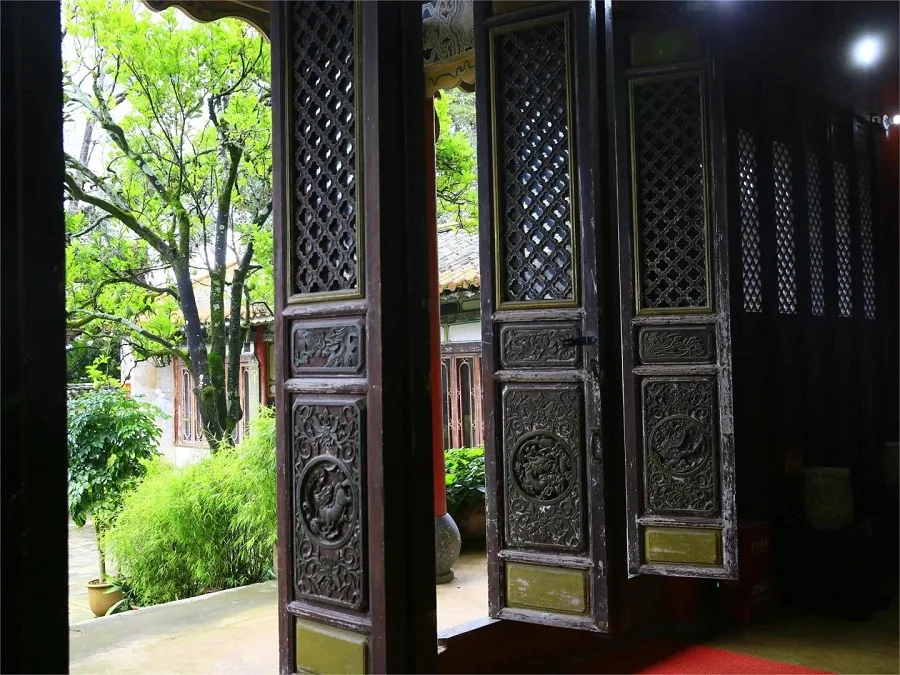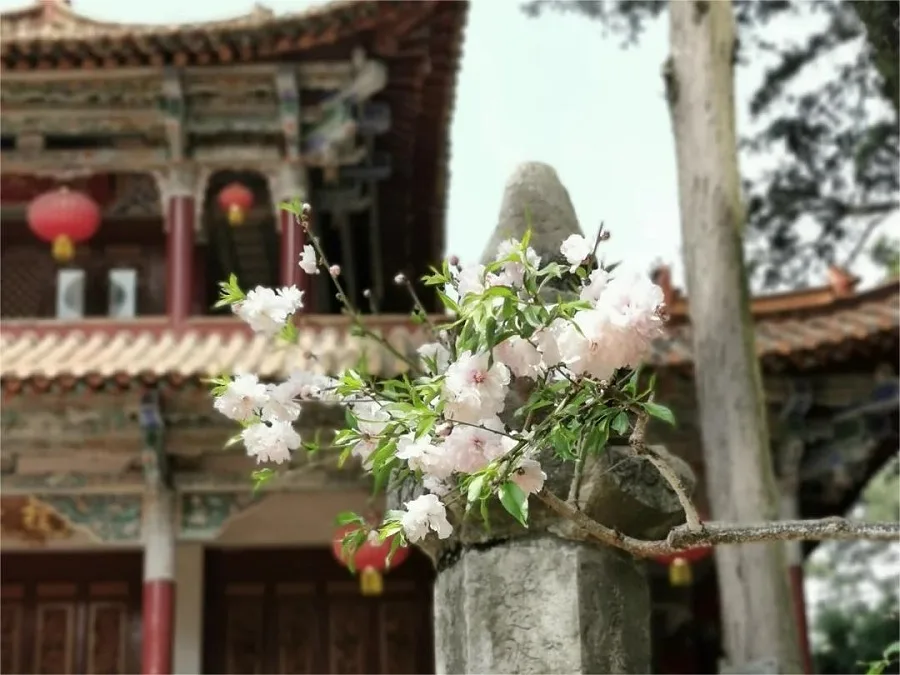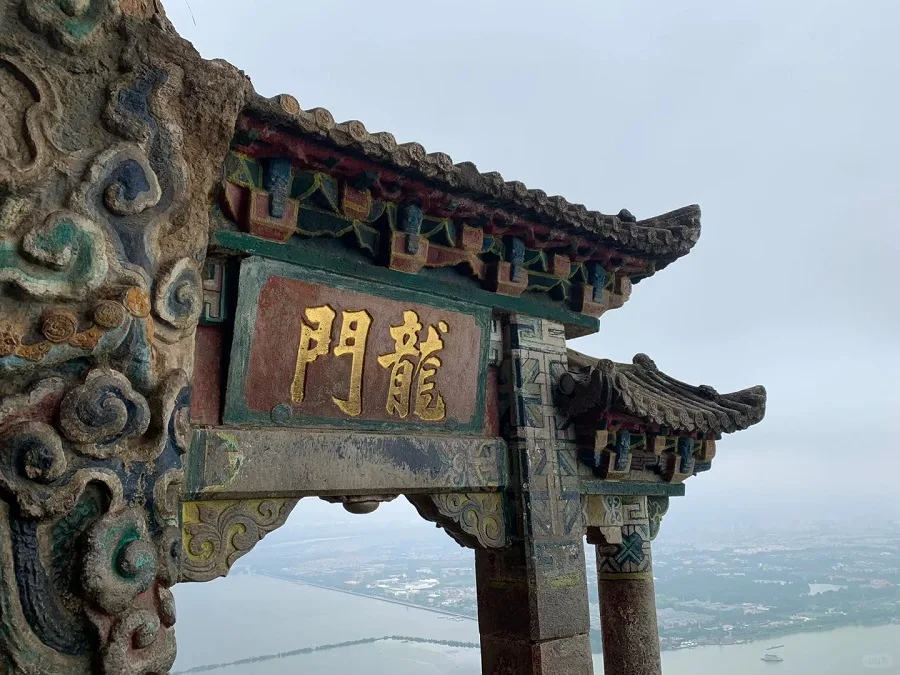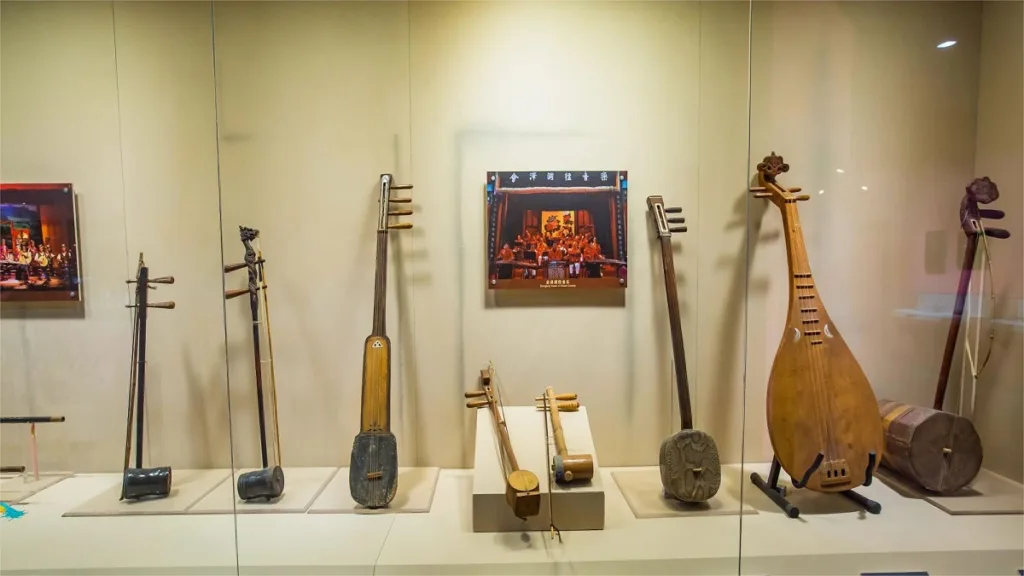Xishan Forest Park (West Hill), Kunming – Ticket, Opening Hours, Location, and Highlights


Kunming Xishan (昆明西山), also historically known as Biji Mountain and referred to as Taihua Mountain during the Ming Dynasty, has been colloquially called West Hill since the Yuan Dynasty. Its silhouette resembles a reclining Buddha, earning it the nickname “Lying Buddha Mountain” or “Sleeping Beauty Mountain.” Stretching from Biji Pass in the north to Haikou in the south, spanning 35 kilometers, it measures 3 to 4 kilometers wide from east to west, with Dianchi Lake to the east and the Red Rock Hills of eastern Anning City to the west.
The northern part of West Hill features towering peaks such as Bixiao Mountain, Huating Mountain, Taihua Mountain, Taiping Mountain, Luohan Mountain, and Guabang Mountain, with the highest peak, Meiren Peak, reaching an elevation of 2511 meters. The mountain’s forested terrain boasts well-preserved vegetation, while its attractions include Huating Temple, Taihua Temple, Sanqing Pavilion, Longmen Grottoes, the graves of Nie Er and Zhang Tianxu, and the Nanyang Mechanics Monument commemorating overseas Chinese contributions to the war effort. At the summit, visitors can explore the Small Stone Forest and Yunnan’s earliest high-altitude meteorological station, while at the foothills lie Shengan Temple and Xiyuan.
An annual traditional festival called “Playing on Xishan on the Third of March” gathers Kunming locals for lively celebrations on the mountain every third day of the third lunar month.
Оглавление
- Основная информация
- Расположение и транспорт
- Highlights of Xishan Forest Park
- Vlog about Xishan Forest Park
- Attractions near Xishan Forest Park
Основная информация
| Предполагаемая продолжительность тура | 3 часа |
| Цена билета | Admission: Free Dragon Gate Area: 30 RMB |
| Канатная дорога | 25 RMB for one-way |
| Трансферный автобус | 10 RMB for one-way |
| Комбинированный билет | 75 RMB including admission for Dragon Gate area, round-way coach, and round-way electric car) |
| Часы работы | 8.30 - 17.00 |
| Номер телефона | 0086-0871-68426668 |
Расположение и транспорт
West Hill is located within the Xishan District of Kunming City, Yunnan Province, China. Situated approximately 15 kilometers west of downtown Kunming, it lies between 102°37′ to 102°38′ east longitude and 24°57′ to 24°59′ north latitude. To get there, you can choose one of the following ways:
Автобус: Take bus 94 or C26 and get off at Gaoyao Stop (高峣站).
Метро: The closest metro station to West Hill is Xishan Park (西山公园站) on line 3. After getting out of the station, you will be standing at the entrance.
Highlights of Xishan Forest Park
Sheng’an Temple

One of the highlights of Xishan Forest Park is the Sheng’an Temple, also known as the Sheng’an Shrine. “Sheng’an” was the courtesy name of Yang Shen, a prominent literary figure during the Ming Dynasty. He authored around 180 works, including significant writings about Yunnan such as “Diancheng Record,” “Dianzai Record,” “Yunnan Landscape Records,” and “Nanzhong Collection.” In honor of his contributions to literature and culture, the provincial governor of Yunnan during the Ming Dynasty, You Tinglong, converted Yang Shen’s former residence, known as the “Biyao Jing She,” into the Sheng’an Temple.
Inside the Shengan Temple, visitors can find the Xu Xiake Memorial Hall. Xu Xiake, the renowned Chinese travel writer and geographer, extensively explored Xishan and documented his experiences in “Travel Notes of Tianhua Mountain” during his visit to the Sheng’an Temple.
Huating Temple

Huating Temple, nestled in the heart of Huating Mountain within Xishan Forest Park, holds a rich historical and religious significance. Dating back to the Song Dynasty in 1063 AD, it was originally a villa built by Gao Zhisheng, the feudal lord of Shanchan Prefecture in the Dali Kingdom. Later, in 1320 AD during the Yuan Dynasty, Monk Xuantong Yuanfeng established a Buddhist temple on the site, marking it as a sacred Buddhist destination in Kunming.
In 1462 AD, during the Ming Dynasty, Emperor Yingzong bestowed the name “Huating Temple” upon it. The temple complex features traditional Chinese architecture with grand halls, solemn Buddha statues, spacious courtyards, and a meticulously planned layout. Recognized as a protected cultural heritage site by the Kunming government in 1983, Huating Temple was also listed as one of the first nationally important open temples by the State Council.
Taihua Temple

Taihua Temple, also known as Foyan Temple, is nestled in the heart of Taihua Peak within Xishan Forest Park. Its construction dates back to the 10th year of the Yuan Dynasty (1306 AD) when King Liang of Yunnan commanded the establishment of this Buddhist temple. With the supervision of the eminent monk Xuanjian Wuzhao, Taihua Temple was swiftly completed within a year, earning the name “Foyan” bestowed by Kingliang, with the mountain named “Taihua.” Xuanjian Wuzhao became the founding patriarch of Taihua Temple.
In the 26th year of the Kangxi reign during the Qing Dynasty (1687 AD), the temple was reconstructed using materials from the dismantled Cuihu Mansion of Wu Sangui, the Governor of Yunnan and Guizhou at the time. Noteworthy features of Taihua Temple include the grand Main Hall flanked by connecting corridors and pavilions, showcasing distinctive characteristics of temple architecture and garden design. To the north of the Sizhao Hall, a row of ancient pagodas, known as the Pagoda Forest, houses the remains of the temple’s past abbots.
Nier’s Tomb

Nier’s Tomb, situated in a valley between Taihua Mountain and Luohan Mountain within Xishan Forest Park, holds historical significance. In 1935, during the 24th year of the Republic of China (1935 AD), Nier tragically drowned at the Fujisawa beach in Japan. His ashes were brought back from Japan by his close friend Zhang Tianxu and interred on the eastern slope of Huating Mountain in Xishan Forest Park in the 27th year of the Republic of China (1938 AD). However, in May 1980, his tomb was relocated to a new cemetery on Taihua Mountain.
Nier’s tomb is designed in the shape of a crescent moon, covering an area of 1200 square meters. Seven flower beds represent seven musical notes, while a pathway comprises twenty-four stone steps symbolizing Nier’s youthful life of twenty-four years. The tomb is positioned at the “sound hole” of the “moon-shaped lute,” with a white granite statue of Nier erected in front of it. Behind the tomb, seven large inkstones are embedded, and the tombstone bears the inscription “The Tomb of Nier, the People’s Musician” by Guo Moruo.
Dragon Gate Area

The Dragon Gate area in Xishan Forest Park encompasses the ancient architectural complex of Sanqing Pavilion and the Dragon Gate Grottoes. Perched precariously between Luohan Mountain and Guabang Mountain, the Sanqing Pavilion rises over 300 meters above the surface of Dianchi Lake. Comprising nine levels and eleven pavilions, the Sanqing Pavilion complex includes notable landmarks such as the Lingguan Hall, Sanqing Hall, Jade Emperor Pavilion, and Lingxiao Pavilion.
Adjacent to the Sanqing Pavilion, the Dragon Gate Grottoes stretch from the “Bieyou Dongtian” stone cave entrance near the northern part of the Sanqing Pavilion to the Datian Pavilion in the south. Carved into the sheer cliffs rising thousands of meters, these grottoes include sites like the Lanhai Pavilion, Ciyun Cave, Yunhua Cave, and Datian Pavilion. Throughout the Dragon Gate area, generations of literati have left numerous inscriptions and poems, creating a rich legacy of calligraphy and cliffside stone carving art.
Vlog about Xishan Forest Park
Attractions near Xishan Forest Park

Yunnan Ethnic Village

Haigeng Park

Kunming Park 1903

Yunnan Nationalities Museum
Kunming attractions, Пейзажи Юньнани